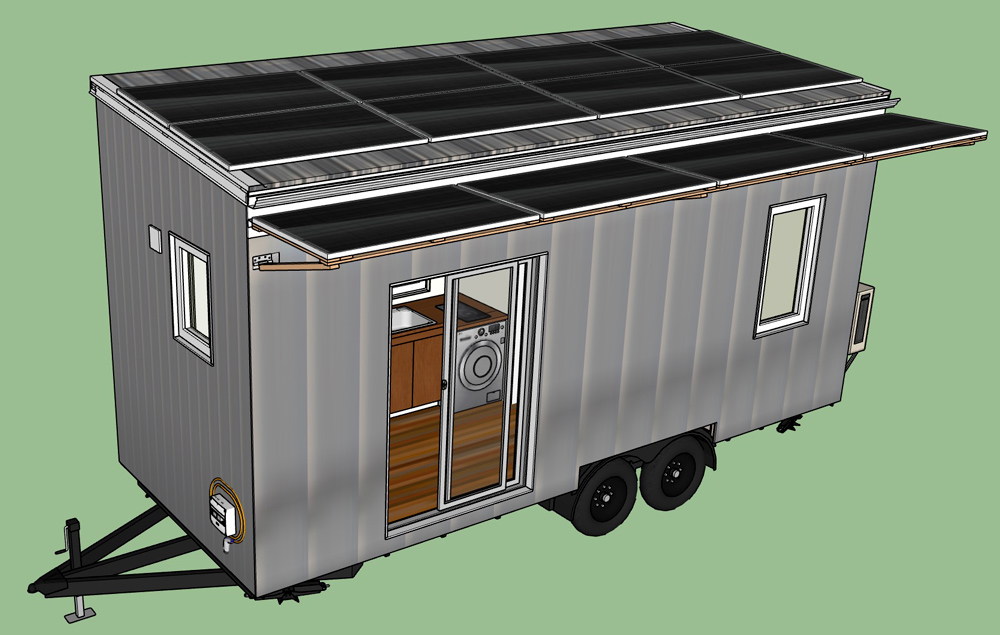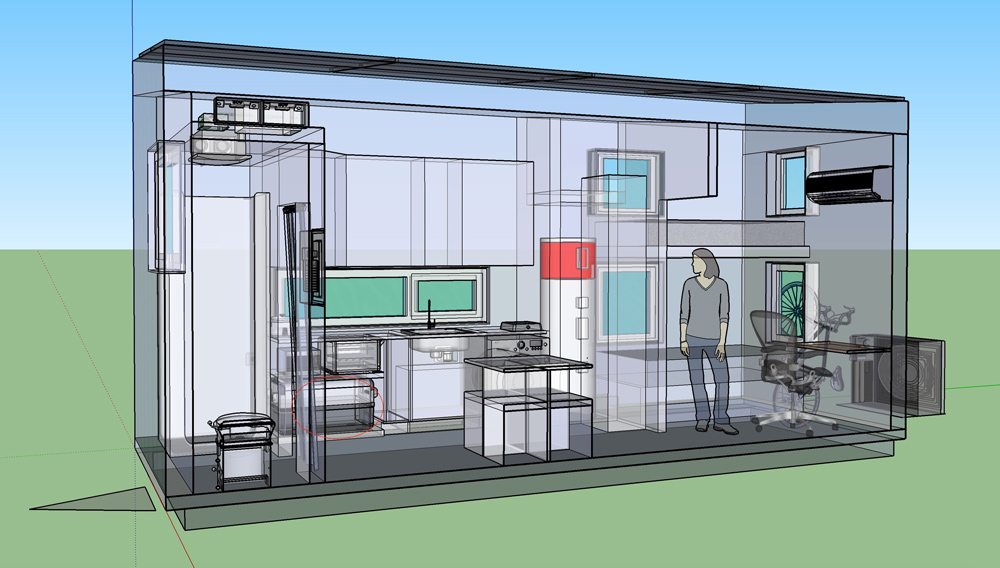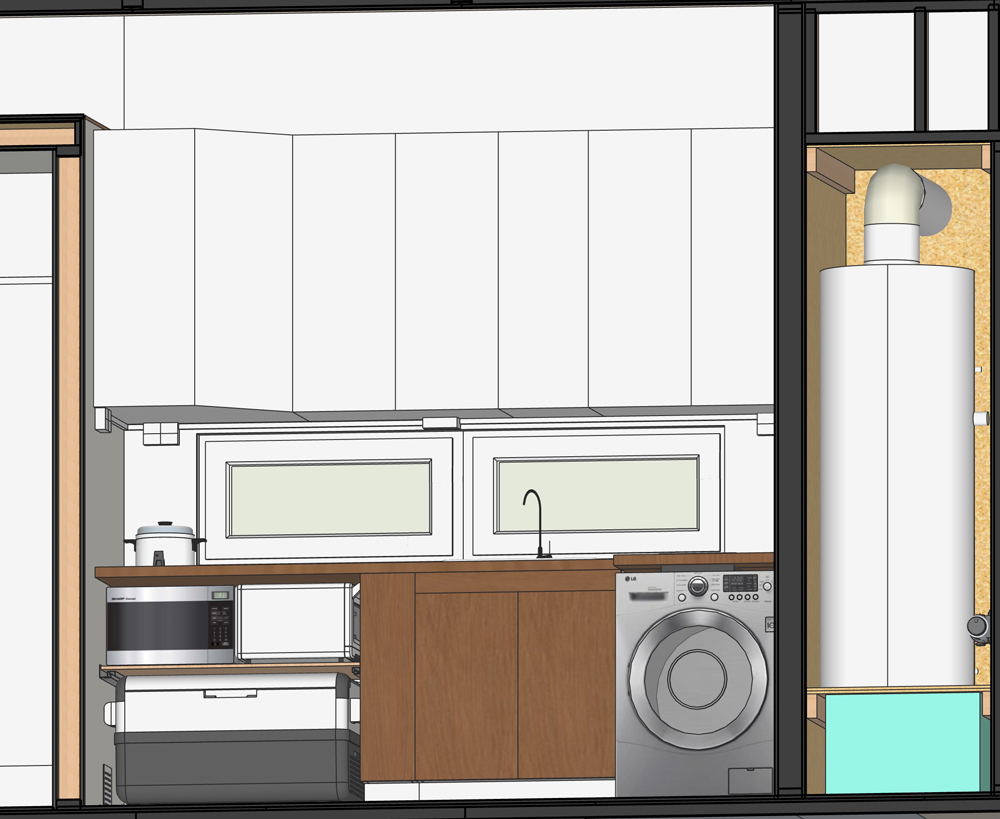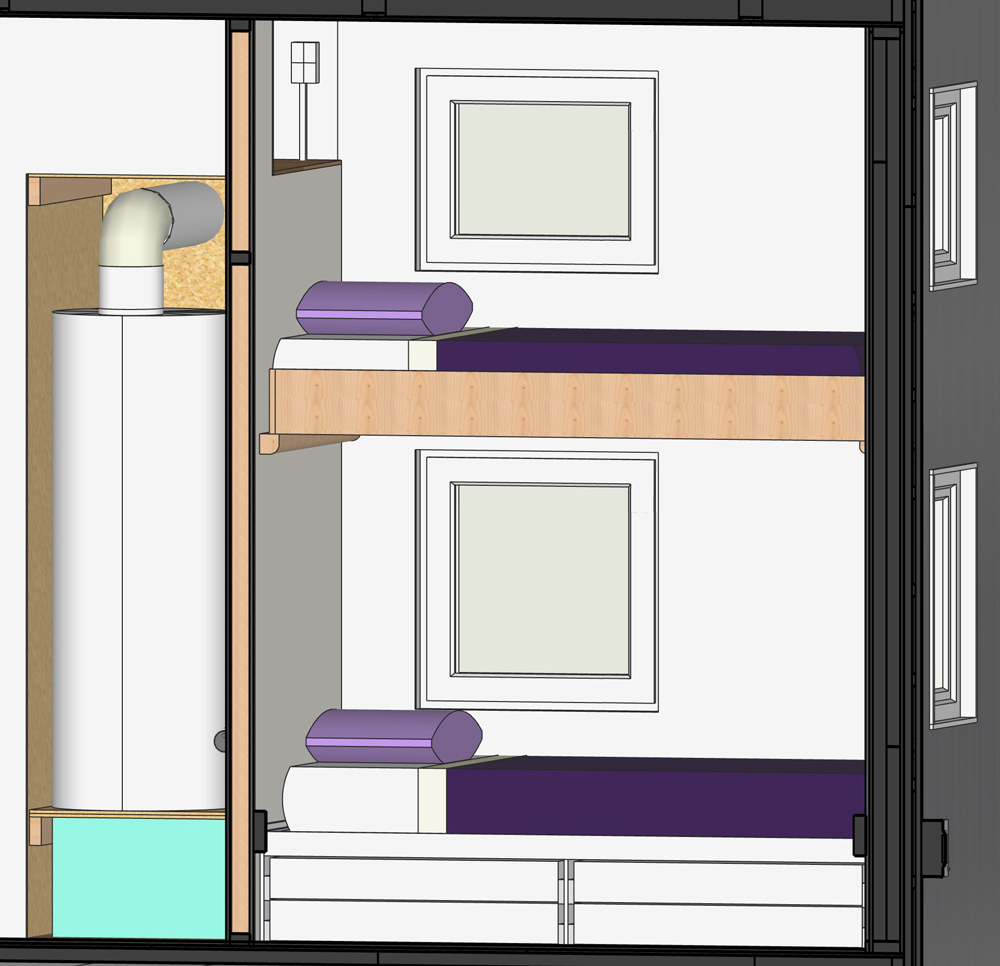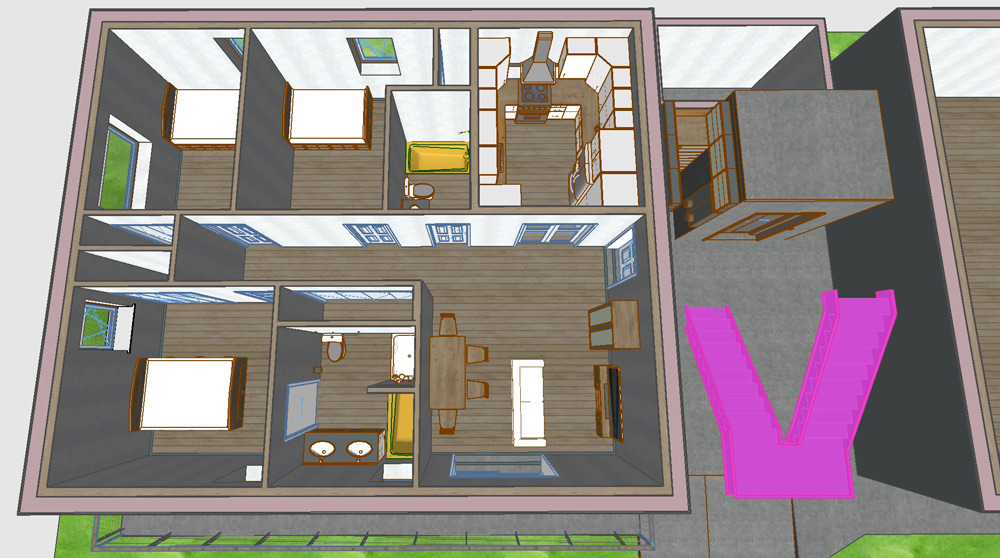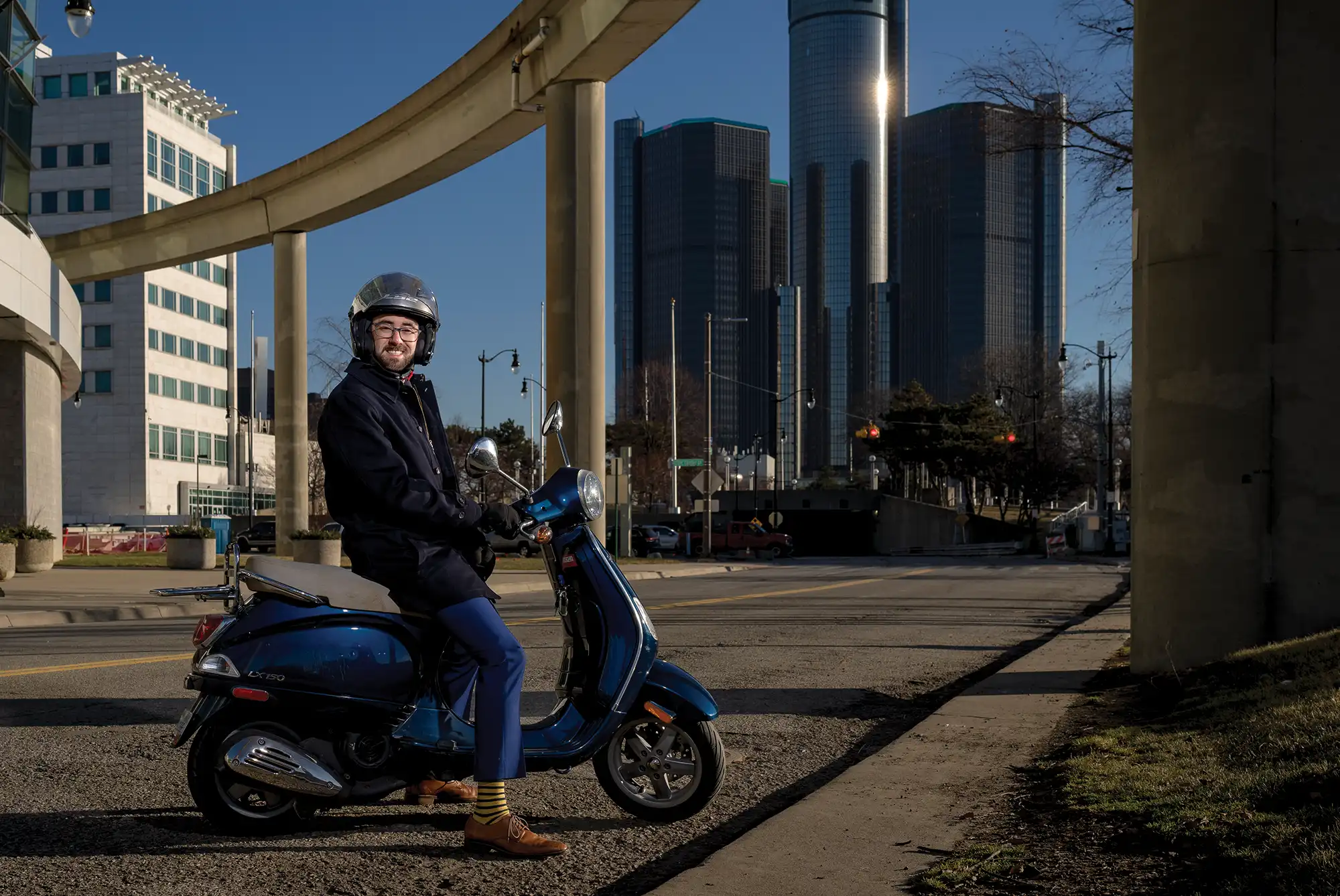
Urban Evolution

Urban Evolution


Turning this utopian ideal from wish to reality may seem like, well, wishful thinking. But there are no better places to dream big — and make big changes — than in our cities.
According to the United Nations, 55% of the world’s current population lives in urban areas, and that number is projected to rise to 68% by 2050. “Cities are engines of growth — people move to them to get better life opportunities,” says Professor Ritwika Biswas, geography. “But our society remains unequal. If we really want to restructure society and address those inequities, our starting point has to be cities.”
Building prosperous, resilient and equitable cities (and towns and neighborhoods) relies on the willingness of people to champion transformative change. Fortunately, Bucknell alumni and faculty are committed to powering progress. Here, several of them draw upon their varied expertise to help us imagine the future across four primary components of city life: transportation, infrastructure, livability and social justice. With insight and awareness that transcend professional boundaries, they recognize that meaningful progress in one area can’t be achieved without meaningful progress in all areas. And that creative, interdisciplinary thinking and problem-solving is needed to navigate the road (or skylane, perhaps?) ahead.
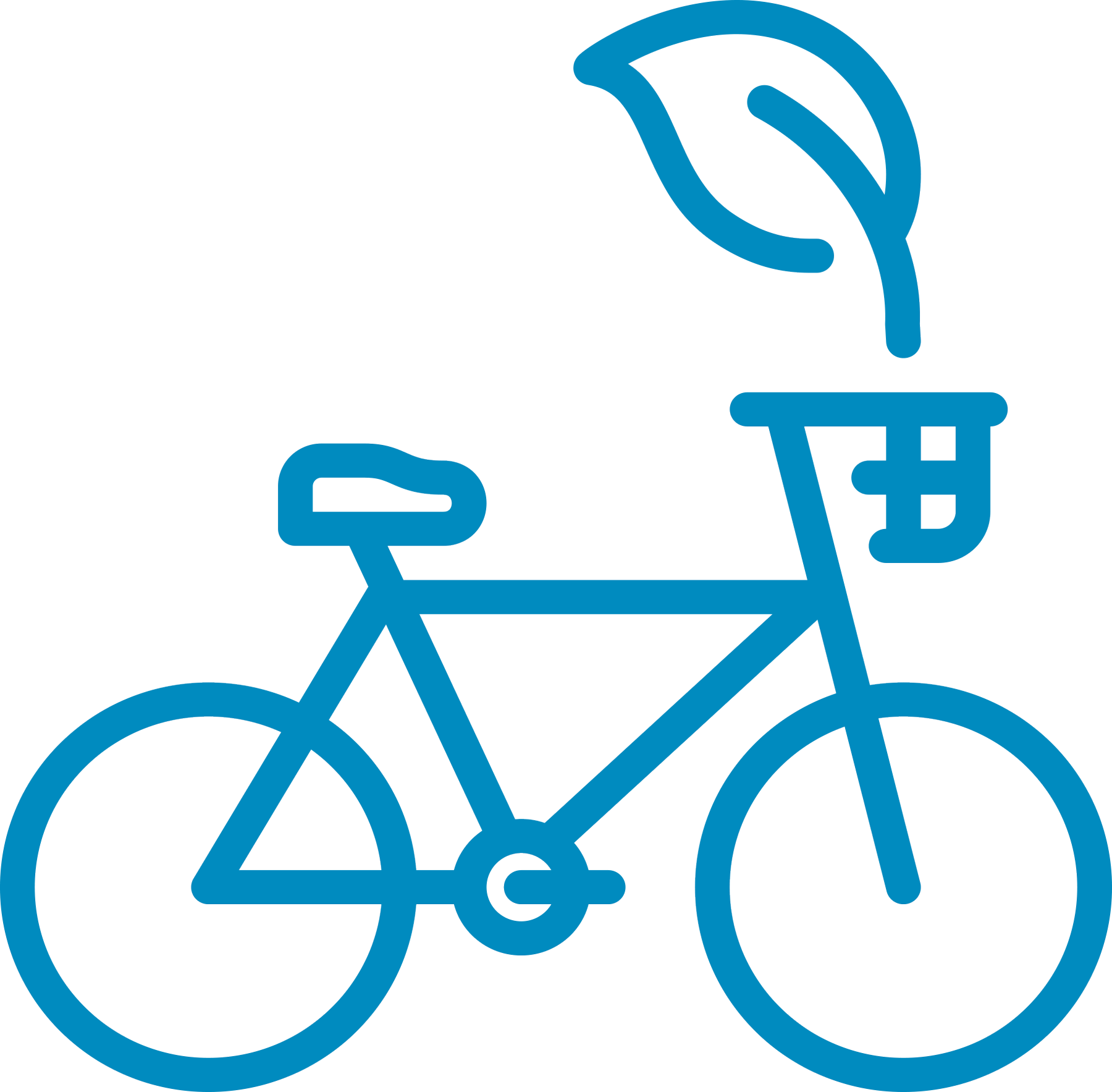
TRANSPORTATION
The Solution: Optimize cities for safe, clean, convenient, affordable transportation that’s accessible to all.
The hope is for a trip across town to someday look, sound and feel different as innovative technology reduces everything from carbon emissions and road congestion to noise pollution and traffic accidents.
The U.S. Department of Transportation recently awarded $25 million to Detroit to transform two miles of Michigan Avenue, part of the 40-mile transit route between Detroit and Ann Arbor, Mich. The project will add dedicated transit lanes and self-driving vehicle lanes that will extend from downtown through the historic Corktown neighborhood.
“It will be the first dedicated, connected autonomous vehicle lane in the country that cuts through an urban area,” says Krassenstein, who studied management and economics at Bucknell. “The technology will be the first of its kind in the country, and it’s going to provide opportunities for innovation in the mobility sphere.”
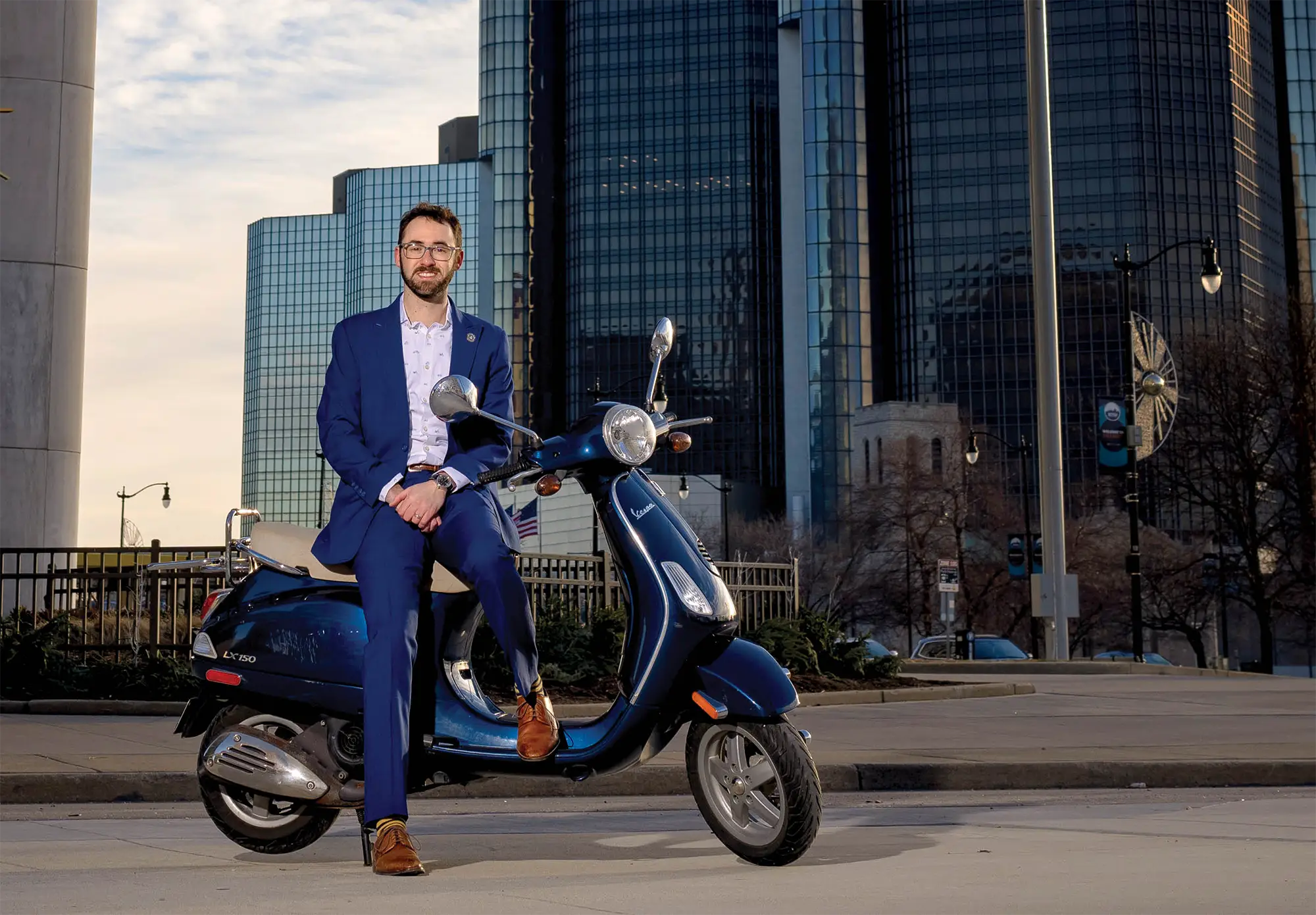
Indeed, “smart cities” are increasingly relying on data systems to improve how residents get around town, says Professor Michelle Beiler, civil & environmental engineering, who researches sustainable transportation planning. These systems link together intelligent vehicles with intelligent infrastructure, like sensors, WiFi and traffic lights, for better traffic and mobility management across a city. For example, she says, transit buses can adapt their routes based on current demand while administrators monitor operations and track maintenance records. Their connected efforts will prevent delays and accidents to provide for a safer, more efficient commute.
For his own commute to his City Hall office, Krassenstein often relies on his Vespa (inspired by his study-abroad experience in Rome) or a bike from a bikeshare station. You’ll also find him on board Detroit’s People Mover, an elevated train that runs a loop through the downtown district. Krassenstein says that roadways across the country will continue to evolve from being purely auto-centric to being more people-centric so “regardless if you are walking, riding a bike or scooter, or driving a car, the road is designed for you.”

But what gets Krassenstein, a self-proclaimed “transportation nerd,” really excited? Electric air taxis. Yes, flying cars — the iconic star of every futuristic vision — are not as intangible as you might think. Boeing, Airbus and Hyundai are building air taxis, and in November, Delta Air Lines partnered with Joby Aviation to develop an electric aerial rideshare. “They’re going to be a real gamechanger, not just for travel within cities, but between cities as well,” Krassenstein says.
While advanced technology will certainly revolutionize the way we travel, Beiler wants the next generation of engineers and urban designers to understand how transportation, infrastructure and the well-being of an environment and its inhabitants are linked. She developed an upper-level course at Bucknell called Sustainable Transportation Planning to impart that lesson on students. Her research on sustainable mobility and the positive outcomes of walking- and biking-friendly spaces helped inform the expansion of the Buffalo Valley Rail Trail that stretches between Lewisburg and Mifflinburg, Pa.
Beiler points to cities like Portland, Ore., Copenhagen and Amsterdam, which have a booming biking culture, as models to follow. Creating a cultural shift and popularizing motor-free travel isn’t easy. But supportive infrastructure — safe bike lanes, expansive networks of bikeways and bike boxes in intersections, for example — may help.
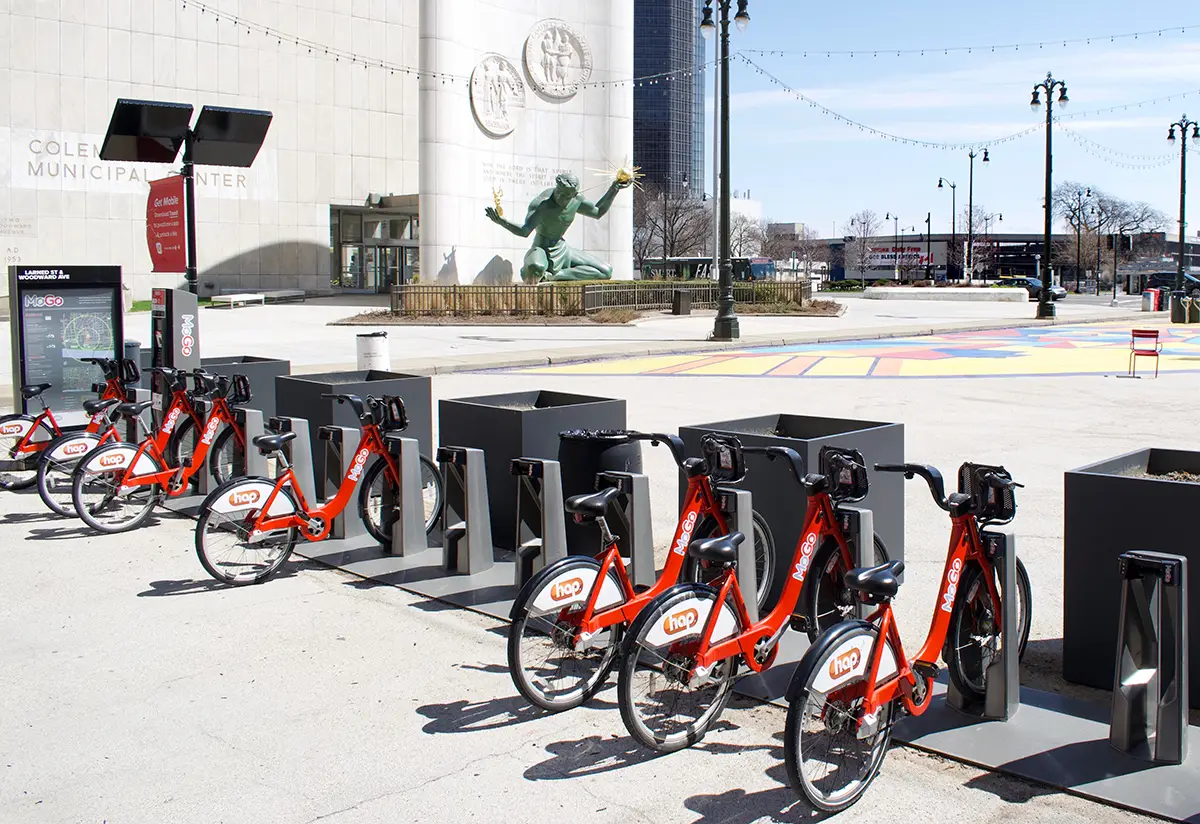
Krassenstein agrees that applying an equity lens to transportation design and planning is essential. “Transportation needs to open doors for all people in order to advance economic opportunity and improve access to employment and social services,” he says. He credits Pittsburgh for its Universal Basic Mobility program, which is designed to democratize transportation. “Pittsburgh is really the model for what public transport will look like in the future,” he says. “Instead of giving someone a bus pass, you give them a mobility pass, so you’re giving people as many options as possible as the transportation and mobility landscape is changing.”
Similar programs have been tested in other parts of the country. Bakersfield, Calif., and Oakland, Calif., for example, recently piloted programs that provided low-income residents with free access to city buses, scooters, e-bikes and carshares.
By tackling affordability and access, a city can take steps to reduce inequality and help people develop stronger connections in their communities. Cutting pollution and congestion along the way is icing on the cake.
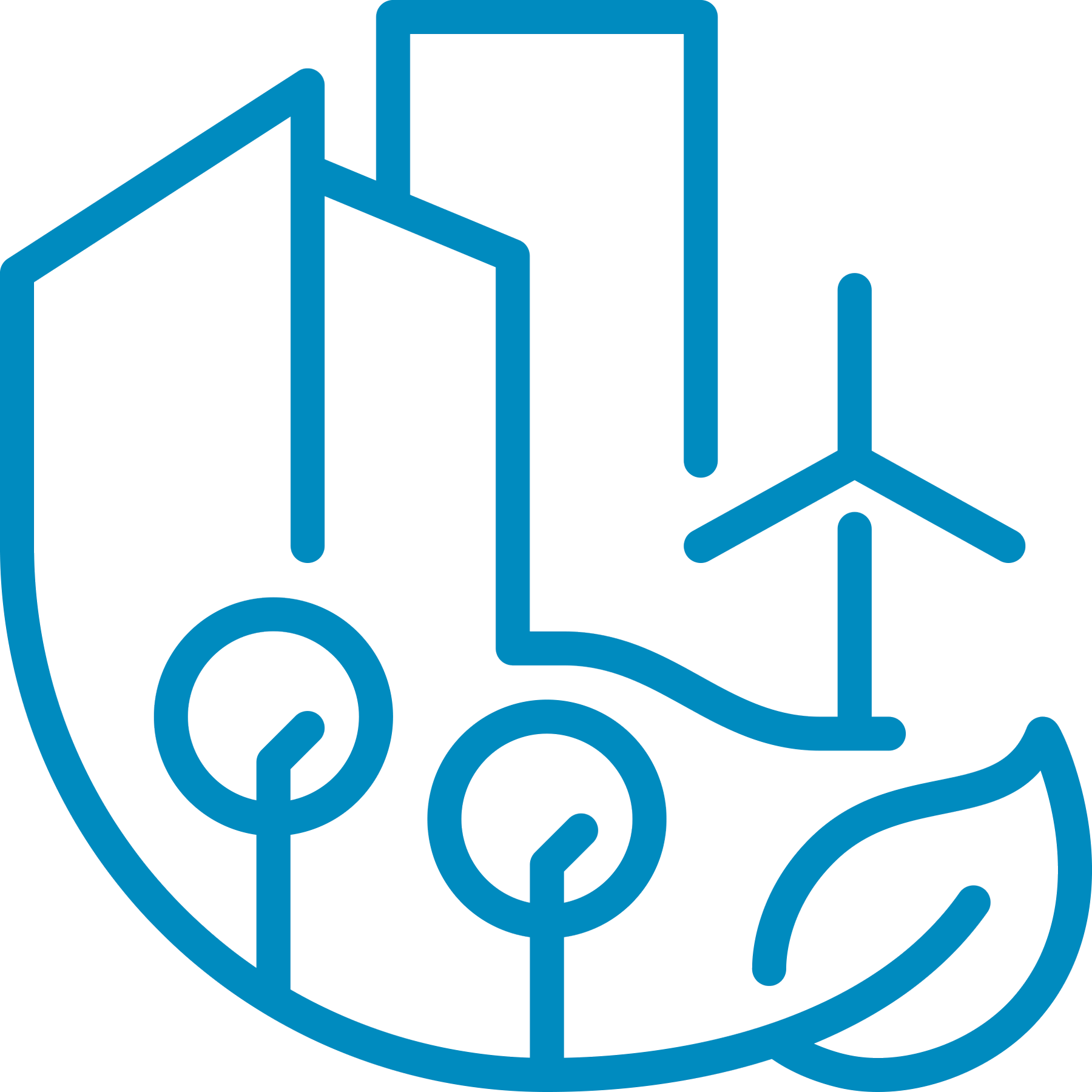
INFRASTRUCTURE
The Solution: Invest in innovative, nature-based solutions to manage risk, contribute to economic growth and promote climate-resilient communities.
That creativity is taking many forms. In 2020, Los Angeles resurfaced a portion of a downtown road using recycled plastic asphalt that contained the equivalent of 150,000 plastic bottles. Preliminary lab tests indicate the road may be stronger and last longer than traditional asphalt, which would ultimately save taxpayers’ money. In 2022, Portland, Ore., became home to a first-of-its-kind renewable energy plant that combines solar power, wind power and battery storage on a large scale. This integrated system generates continuous power — when the wind isn’t blowing or the sun isn’t shining, the batteries kick in — that will help the city transition away from fossil fuels.
Back in Detroit, getting creative entails rethinking stormwater management. Like many old cities, Detroit uses a combined sewer system where domestic sewage, industrial wastewater and rainwater are collected in a single pipe and transported to a treatment plant. But heavy rain or snowmelt can overwhelm the system. When it does, streets and homes flood, and untreated wastewater dumps directly into streams, rivers and lakes.
“As a result of climate change, we’re seeing 100-year and 500-year storms seemingly happen with increasing frequency,” Krassenstein says. “More frequent storms combined with the fact that over the last century, cities have built up their infrastructure and added more paved surfaces, and so the water doesn’t have anywhere to go. Systems that were built 100-plus years ago can’t keep up.”
One solution, he says, is to take stormwater out of the equation entirely. Some of Detroit’s future road construction projects will divert stormwater from the sewers and channel it directly into the Detroit River. He says other potential methods include planting more trees and creating rain gardens or bioswales — low-lying areas planted with grasses and perennials that collect, absorb and filter runoff while providing habitat and urban green spaces.
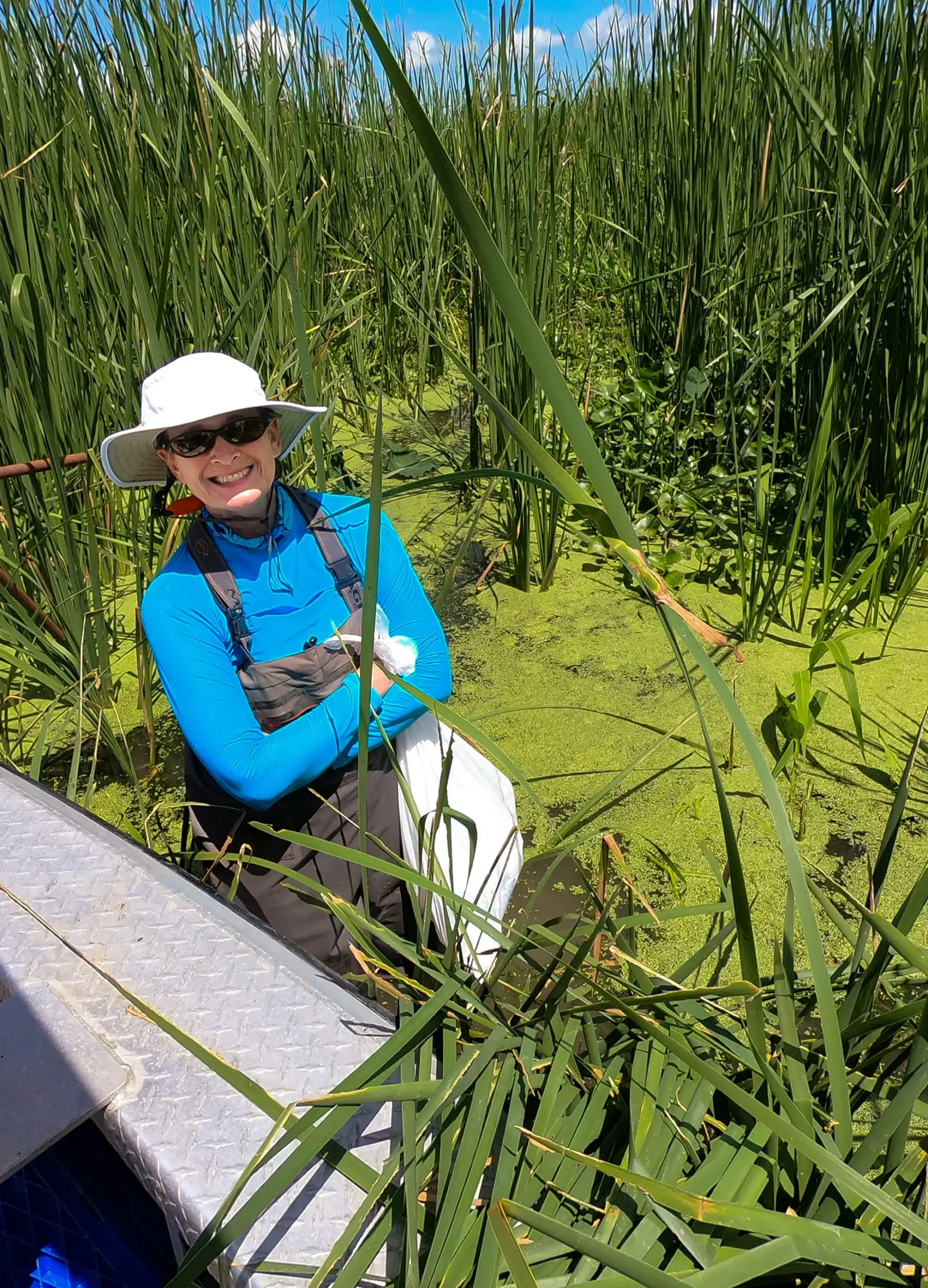
It’s an approach that could guide future city planners as they try to balance resilience against climate change with the need to make cities more livable and environmentally friendly.
Cities along the coast could also fortify their infrastructure by protecting, restoring or mimicking nature. Nearly 25% of salt marshes and 50% of all mangrove and seagrass meadows have been wiped out. Such habitats provide critical barriers by dampening the power of waves and reducing storm surge. In fact, a 2017 paper published in Scientific Reports found that coastal wetlands prevented more than $625 million in property damage in the Northeast during Hurricane Sandy in 2012. “Seawalls reflect storm energy, whereas vegetation dissipates that energy,” says Nepf, who studied mechanical engineering at Bucknell. “So if you can put a marsh in front of a seawall, it can give you greater protection.”
For many coastal cities in the U.S., however, habitat restoration is not an option because urban areas have been built to the shoreline. Recent innovations in green infrastructure could help, Nepf says. She points to projects like Living Breakwaters, a partially submerged stone and concrete structure along the south shore of Staten Island meant to break waves, reduce beach erosion and provide habitat for a range of marine animals. There is also Emerald Tutu, a system of circular, floating vegetated mats that protect urban coasts by absorbing wave energy and mitigating flooding. The Boston-based startup recently tested its first mat and plans to launch a large pilot project this summer. These types of protections could save vulnerable coastal communities billions of dollars each year.
In her MIT lab, Nepf is working to develop drone-based data collection of marsh characteristics to show how restoring and protecting marsh areas can prevent extreme flooding. “The explosion of data available from remote sensing can lead to new solutions,” she says. “Most of my career has been looking at individual plants and slowly scaling my findings. Now I can develop a tool that can map the coastal protection value of a marsh. If this data can motivate people to preserve marshes, that would be the happy end of my career.”
She says she believes the real promise for a greener future lies with her students. “Students want to go out into the world and make changes in these cities,” she says. “They’re optimistic that they can do it. And so that makes me optimistic.”
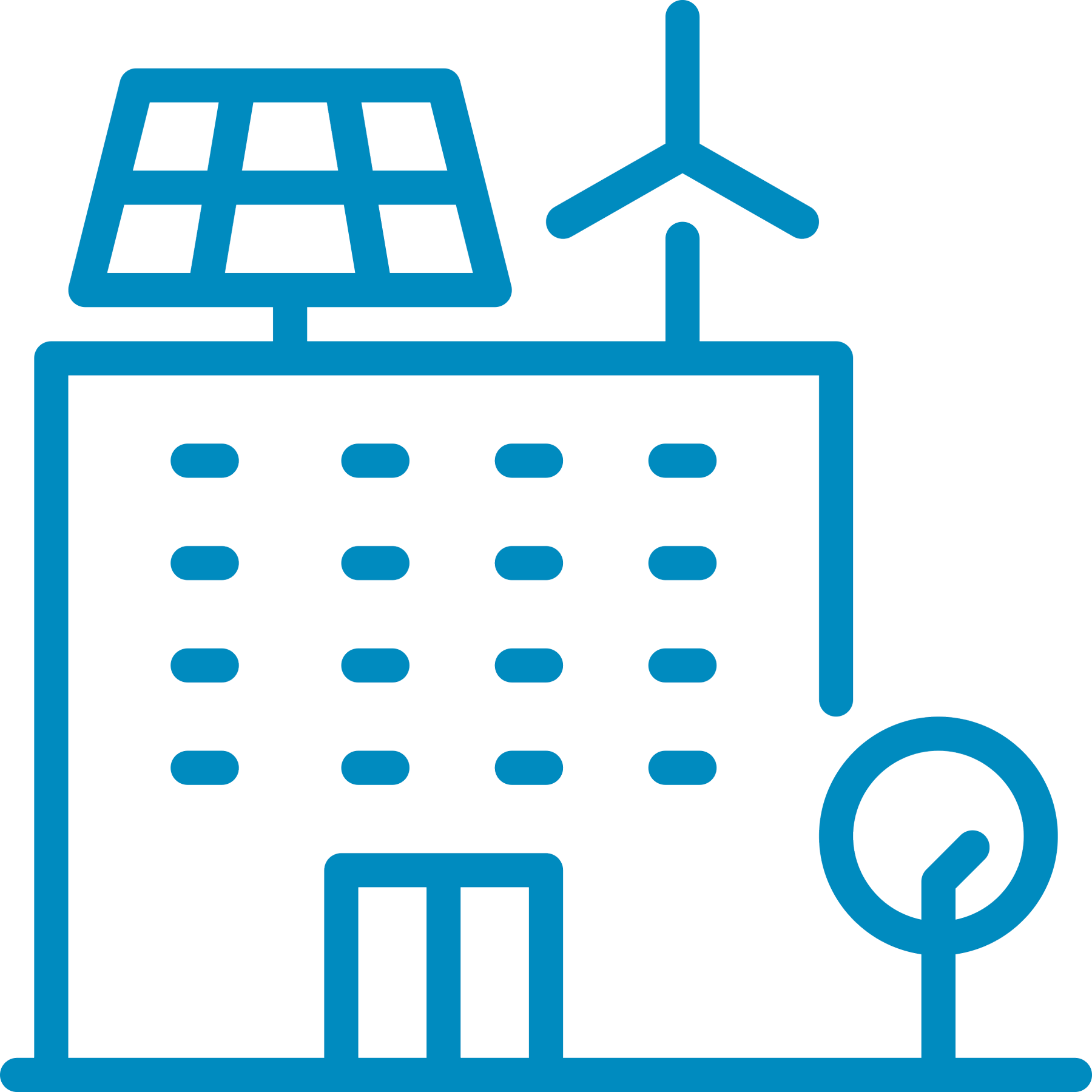
LIVABILITY
The Solution: Empower residents with a voice in decision-making and improve access to affordable amenities and housing.
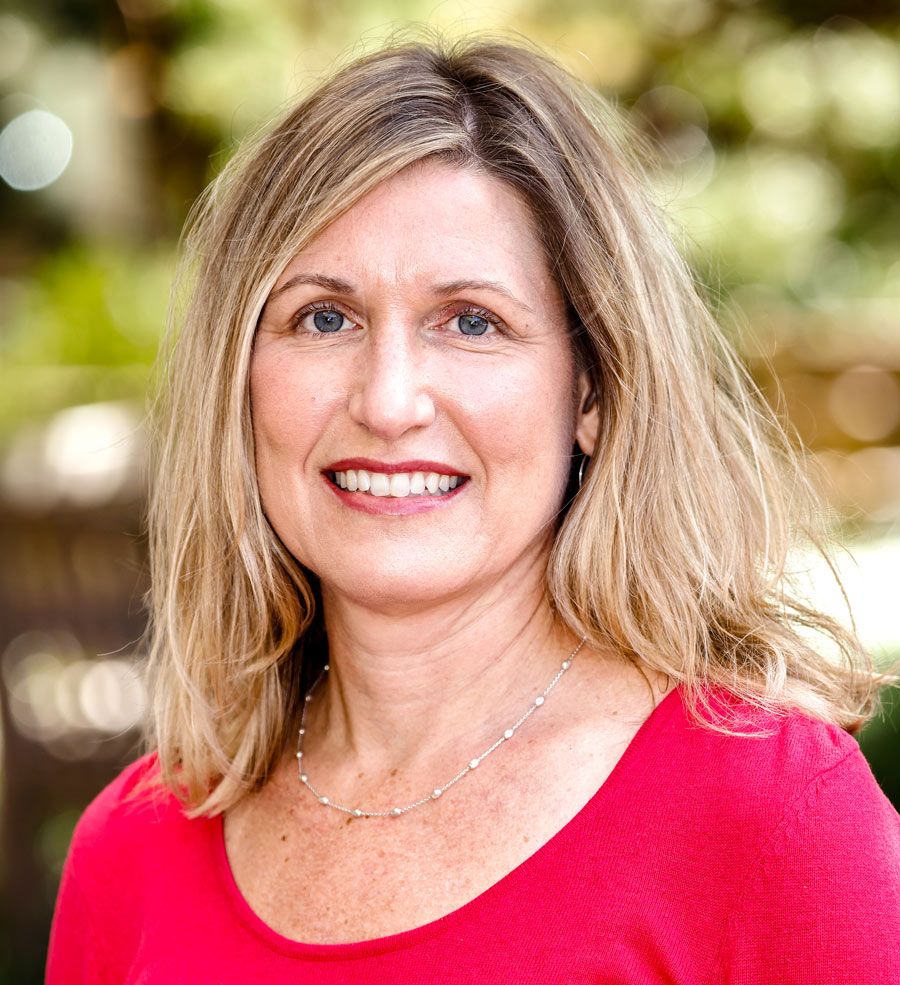
She and her colleagues focus on what she calls the “hyperlocal” level to identify the interrelated challenges faced by those living in neighborhoods or districts — and the solutions to overcome them. “It’s the scale that residents, workers and businesses relate to,” says Vey, who studied geography at Bucknell. “At this level, you can see how the economic environment is influenced by the physical environment — the condition of the streetscape, for example, or whether there are public gathering spaces — which in turn influences people’s overall sense of social connectedness, safety and well-being.”
Vey says her team’s work at Brookings aims to advance a new form of integrated, place-led development focused on creating communities that are economically dynamic and socially and culturally vibrant, and where built environments are accessible and sustainable. (These outcomes are supported by robust and inclusive structures, which she discusses in her new book, Hyperlocal: Place Governance in a Fragmented World; see P. 40.)
Vey says the biggest issue cities will face in the future is something they’ve long struggled with: poverty and inequality. “You hear a lot about gentrification, but the overwhelming challenge is deepening concentrated poverty, where a high proportion of a neighborhood’s residents are poor. It’s a persistent and growing issue.”
There are no easy solutions. But any fixes must be both people- and place-based: provision of high-quality services, workforce and skills development, investments in education, green space and amenities. All of those factors, when tuned to the needs and aspirations of those within the community, she says, can help increase economic opportunity and quality of life for local residents.
Vey points to recent research published by Brookings that makes her hopeful that real change is possible. It looked at neighborhoods across the country where poverty went down without the displacement of residents. The researchers identified a range of factors that may explain the change, including positive economic growth in surrounding areas, lower rates of residential vacancy, the presence of community-building organizations and high rates of homeownership.
“It’s an important piece of work,” Vey says. “So how do we move on some of these factors, like increasing home ownership opportunities, so that we can hopefully see this kind of success in more neighborhoods across the country?”
For Professor Stephen O’Connor, real estate, increasing home ownership is somewhat of a holy grail. “I don’t think there’s a bigger issue relative to the future of cities than the issue of affordability,” says O’Connor, who has spent much of his career focused on the creation of housing for low- and moderate-income households in urban communities.
Currently, he says, the U.S. has a deficit of at least 5 million housing units, and it’s a problem born of limited supply, the high cost of resources and community resistance. When it comes to housing for future citizens, he says, it not only has to be affordable and liveable, it has to withstand the increasing forces of climate change. “It’s going to take everyone — architects, engineers, planners, designers, politicians, policymakers — to figure out how we’re going to do that,” he says.
O’Connor would like to see greater support for first-time homebuyers and a streamlining of the more arduous regulations that can stall affordable housing projects, ultimately making them more costly. And he’s an advocate of rethinking how current structures are used.
“There are so many great stories about buildings that were abandoned that have been adaptively reused and converted into affordable housing.”
As the president of NuHouse Group, an affordable housing and community development firm, O’Connor has made his work his passion. “But it’s been a long slog,” he says. Economics, politics and the often intractable force of the not-in-my-backyard mindset have perpetuated the problem.
O’Connor is wielding his other passion — teaching — to cultivate the future of affordable housing. He wants his students to understand the history of city building and how institutional racism and segregation were woven into the very design of our urban spaces.
“White soldiers returning from World War II were offered the GI Bill and Veterans Administration mortgages, while soldiers of color were denied the same benefits,” he says. “So GIs like my dad went to the suburbs, and the people who had to stay in the cities were the majority minority.”
He’s helping his students understand the power of their education, intelligence and skill sets so they feel empowered to bring the long slog to an equitable end. He says he thinks they can do it.
“We all want what’s best for our families — that desire is universal,” he says. “There is no level of currency that can equate to the feeling of helping someone get their own house and improve their life.”

SOCIAL JUSTICE
The Solution: Prioritize technology, infrastructure and community engagement to create safe, inclusive spaces where everyone can thrive.
As a feminist urban geographer, Ritwika Biswas looks at inequality through a city’s urban infrastructure — basically, the transportation and surveillance systems that connect people to goods and services, and the built environment, including buildings, sidewalks, street lighting and public toilets. She is currently building a comparative research project to study commonalities and/or differences between Philadelphia and Kolkata. “Cities are designed by particular groups of people, and that design essentially serves the privileged group,” she says. “I look at the ways in which a city’s design leads to unequal experiences of women and of men of marginalized groups.”
Krassenstein is working to right historical wrongs that have led to such inequities. “A lot of cities were hurt in the 1950s and ’60s by highways that were built through neighborhoods and communities,” he says. “And in Detroit, one of the most damaging projects was the installation of I-375. It cut through a predominantly African American community called Black Bottom, which was a prominent business district.”
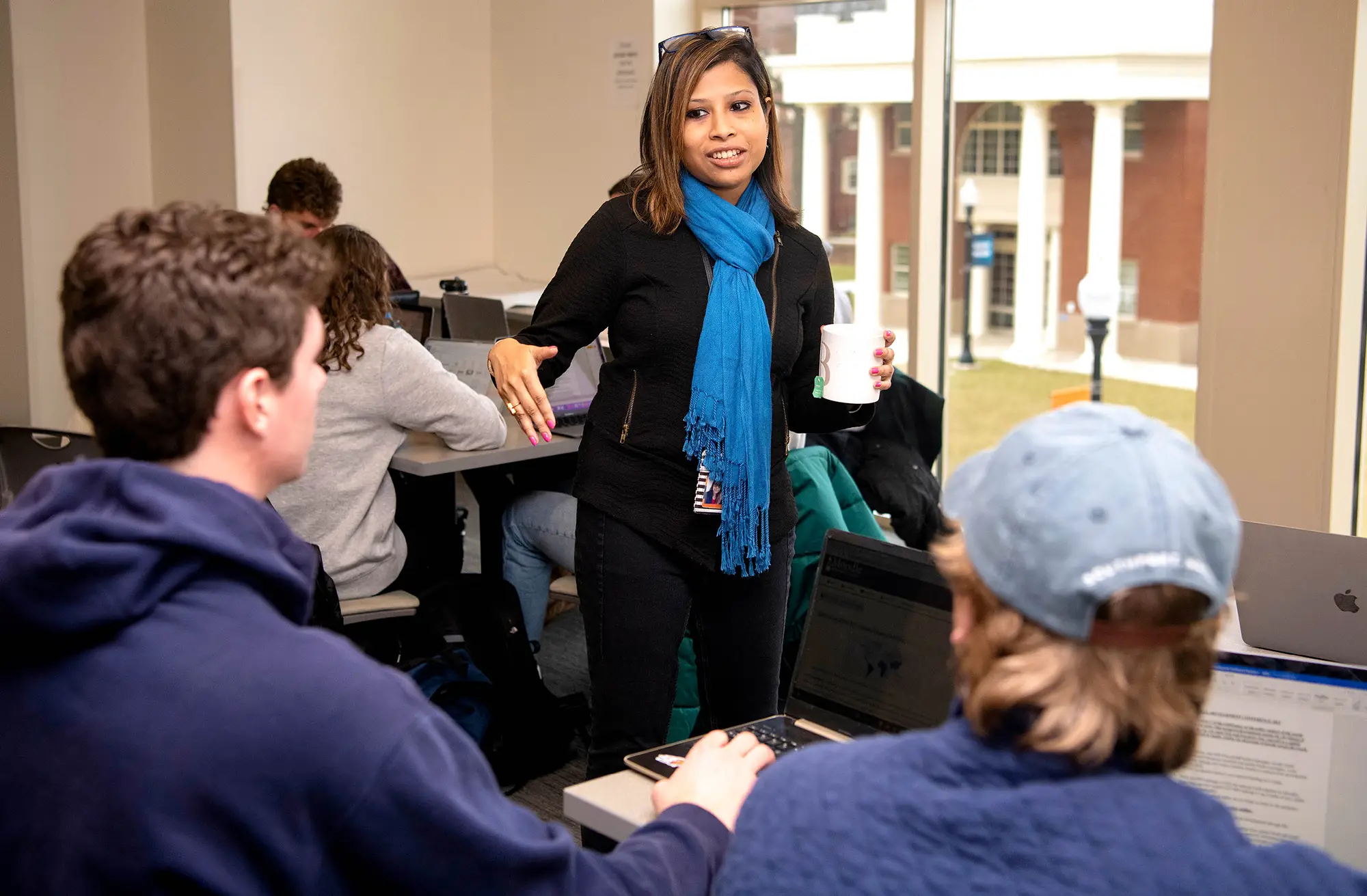
In her own research, Biswas found that women in Kolkata who rely on public transportation must constantly negotiate how and when they travel to and from their home. If the bus or train stop closest to their home is not well lit, they’ll often get off at an earlier, better-lit stop and take another form of transportation — like rideshares or taxis — directly to their door. That means they’re paying for two modes of transport to ensure their safety.
“This in itself is a form of privilege; if you can afford $5 instead of $2.50 for a bus or train,” she says. “Marginalized women in terms of class either have to walk through these dark areas or make sure they’re traveling only during the day.”
She found a similar situation in Philadelphia: Women who lived in poorly lit neighborhoods of North Philadelphia would adopt different strategies to be safe at night, such as switching transportation or taking longer routes that were better lit or more populated. Women, in particular, she says, may forgo jobs with higher salaries if it means traveling home after dark. “When people are not fully utilizing their economic opportunities, that hurts the economic development of the entire region.”
Ready for Tomorrow

Harnessing the Power of Parks
Green spaces can enhance a community by improving residents’ health and well-being. A University of Pennsylvania study reported that city dwellers who spent time in an urban green space experienced a 41.5% decrease in depression and a nearly 63% decrease in poor mental health.
Matt McMullen ’24, a geography major from Ewing, N.J., wants to help two former Pennsylvania coal-mining towns reap these benefits. For the past year, McMullen has been working as a place studies research intern with the Bucknell Center for Sustainability & Environment, conducting research that will inform revitalization efforts in Shamokin, Pa., and Kulpmont, Pa. The aspiring urban planner is drawing up plans to clean up two vacant lots and transform them into “pocket parks” or “parkettes” — small outdoor spaces where grass, trees and flowers can grow and neighbors will flock to and flourish. “In urban, low-income communities, the need for green spaces is important,” he says. “they provide an outlet for residents to rest, increase social interactions and reduce stress.”
McMullen says the learning experience has been invaluable, especially in regard to community engagement. “It’s the most important factor — after all, the residents will be the primary users of the park,” he says. McMullen, who presented his research at the American Association of Geographers’ annual conference in Denver in March, hopes to see the parks operational by the time he graduates from Bucknell.
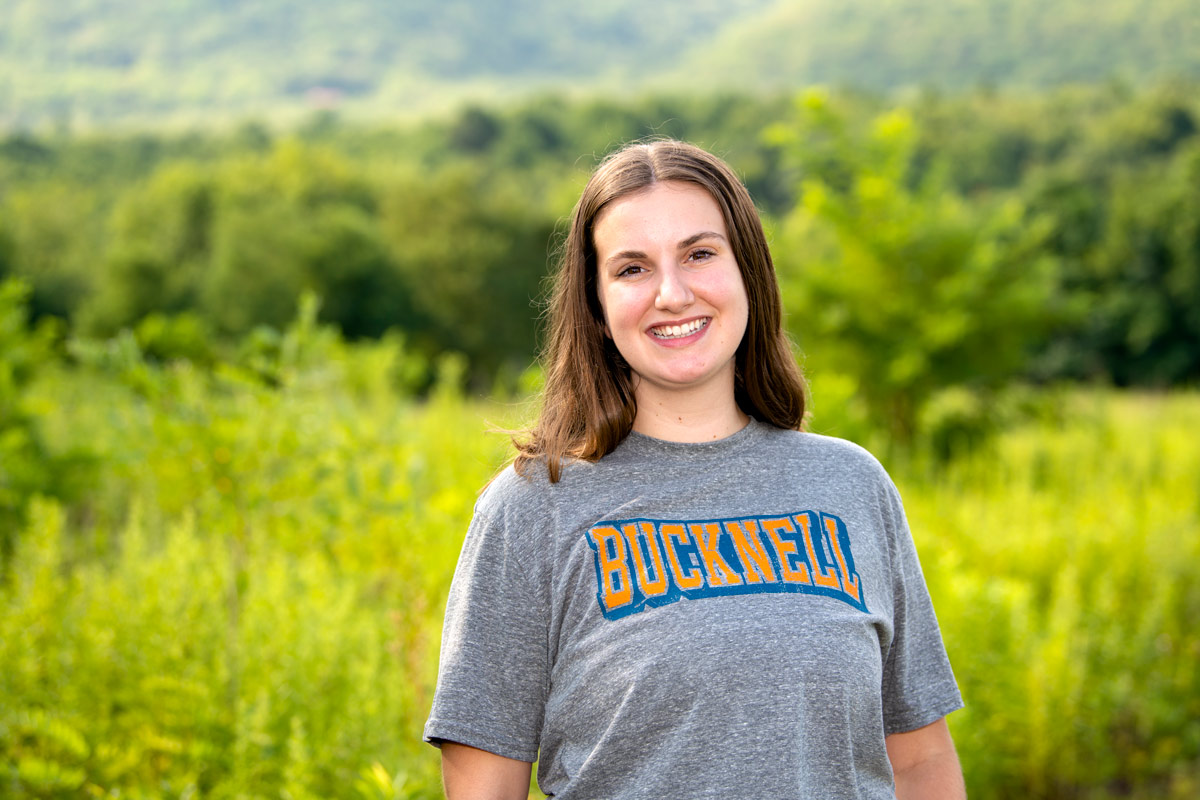
Learning from the Past to Shape the Future
Eleanor Geno ’23 remembers the first time she crossed the Overseas Highway — a 113-mile roadway that connects the islands of the Florida Keys. “I was 12 and remember being on this massive road that appeared to rise out of the water,” she says. “The thing I really remember about it, more than anything, was how it felt like such an unnatural experience.”
The juxtaposition of something so engineered in a place that’s praised for its natural beauty fascinated Geno. The memory left an imprint that has inspired her honors thesis. The double environmental studies and history major is examining the history of the Overseas Highway and its influence on the tourism industry.
“I’m investigating how people perceive space, what people understand to be natural and the rhetoric around those things,” says Geno, who conducted research in the Keys in January, thanks to the support of a Mellon Foundation grant. “People talk about these areas and think of them as natural oases or pristine paradises, but they are highly manufactured — and the actual natural environment isn’t respected. Ironically, the development can put people in harm’s way from natural forces, like hurricanes and floods.”
With her research, Geno intends to fill a gap in the existing scholarship. “Most of the literature praises the developers and presents them as heroes,” she says. “My goal isn’t to critique them, but I think it’s important for historians to present information that can tell the full story and possibly prevent mistakes or overreach from occurring in the future.”
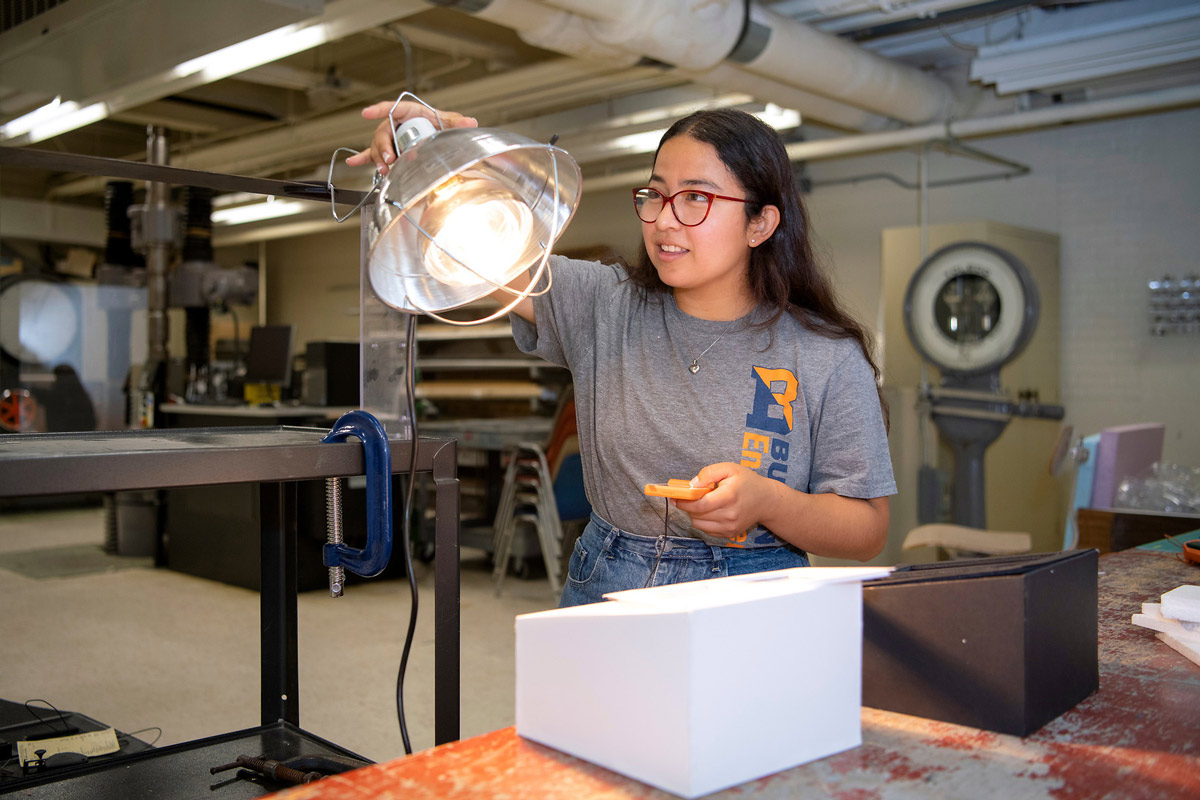
Building More Sustainable Communities
Growing up in Guatemala, Cindy Cortz Cu ’24 says she appreciated the natural beauty of her surroundings and cared about the environment. But it wasn’t until she moved to the Netherlands to attend high school — and became immersed in a culture that embraced solar panels, windmills, public transportation and bicycles — that she was able to see sustainable development in action.
At Bucknell, she saw civil engineering as a path to learning how to create sustainable communities. In 2021, she conducted a research project to better understand how the size, material and placement of windows impacts a building’s energy use. While civil engineers long believed that south-facing windows were the primary sources of heat gain in the summer, Cortez Cu’s research has shown that east- and west-facing windows also play an important role. She is also interested in better understanding the impact of transportation on communities. As a student in Professor Michelle Bieler’s Sustainable Transportation course, Cortez Cu is working with a team of classmates to enhance use of the Bucknell Greenway, a four-mile multi-use path that promotes biking and walking.
Cortez Cu’s ultimate goal is to contribute her skills to projects that will enhance people’s lives without hurting the planet. She’s particularly intrigued by underground infrastructure. “As civil engineers, we create,” she says. “I like to work on projects that will enable me to come up with new solutions and create things that are helpful to people.”
Replacing prejudices with tolerance and respect is a tall order. But Biswas believes it can happen. “Community involvement in planning and design is a must,” she says. “Without input from the marginalized communities, you simply can’t understand their needs.”
To address this in its own projects, Detroit taps what Krassenstein calls a “really robust” community engagement arm. He and his team work closely with the city’s Department of Neighborhoods to meet with residents and listen to their concerns and needs around all proposed initiatives. “Urban planners and city administrators have to protect the interests of all residents,” he says.
Ultimately, says Biswas, members of marginalized communities must be represented throughout all forms of government — and all levels of education.
“That is why I’m an educator,” she says. “[Black feminist scholar and activist] bell hooks says that ‘educating is always a vocation rooted in hopefulness.’ I teach every course with a focus on justice because my students are going to be working across the globe in positions of power.”
Biswas says her classes aren’t easy — they challenge students to question their perceptions and beliefs and society’s entrenched social norms. They have to unlearn a lot, she says, in order to set the stage for new ideas. But these courses fill quickly. Students keep coming back for more, she says, and it’s that willingness to question, to be vulnerable, to take a stand and really see the world as it is — and as it could be — that gives her hope.
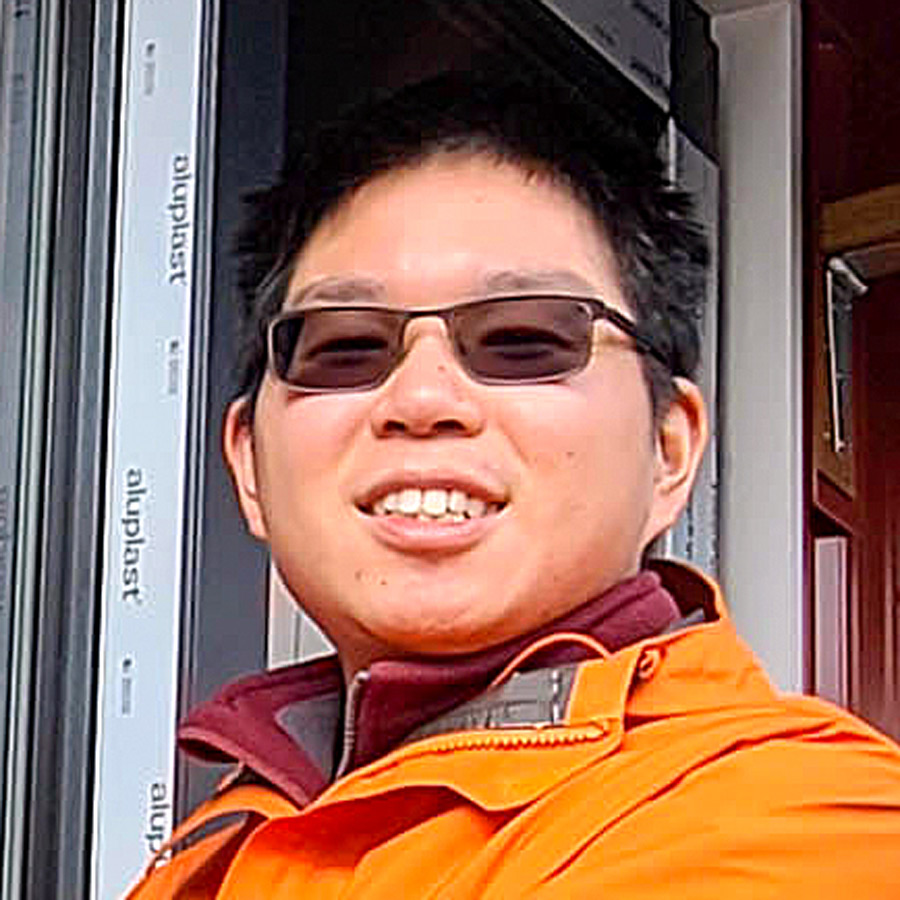
Dream Green Home
Armed with intellectual curiosity, enterprising determination and a commitment to sustainable living, Edward Louie ’13 decided in 2019 to DIY his own 187-square-foot green home. What the house lacks in space, it makes up for with high-tech features, including rooftop solar panels, ultra-efficient LED lighting, a compostable toilet and the “world’s most efficient heat pump.” Louie, who lives in Portland, Ore., says he plans to make it his full-time residence once it’s complete — hopefully, by October.
But Louie, who studied civil engineering and completed his master’s in environmental and energy policy at Michigan Technological University, isn’t just focused on reducing his own carbon footprint or utility bills. He is thinking about the future of sustainable housing.
As a building energy efficiency research engineer for Pacific Northwest National Laboratory, Louie tests the performance of appliances such as heat pumps, water heaters and triple-pane windows.
Louie says this shift in mentality is creating a growing interest in so-called “middle-density housing” or “pocket neighborhoods.” These “cluster developments” offer residents modest-space living that is modern, affordable and sustainable — all within pedestrian-friendly neighborhoods that foster community. The idea is to bridge the gap between large single-family homes and high-density apartment complexes with multifamily housing, a range of duplexes to six-plexes in a variety of configurations.
Louie sees these communities as the future of urban development, and he intends to be part of it. He sees his own tiny-house project as a test bed that will help him eventually transition into a full-time sustainable housing career. He’s already begun drafting designs for five- and six-plex units and plans to seek partnerships with designers and contractors who share the same vision.
“We are living in a different age,” he says. “We are worried about urban sprawl, long commute times, the cost of housing and climate change. Having less space for things means less consumption. And having mixed incomes and multiple generations living together in the same community allows for greater social mobility. I’m excited by the idea of being able to build houses that are good for society.”
A Work in Progress
Edward Louie ’13 gives an early look at his tiny energy-efficient home.
